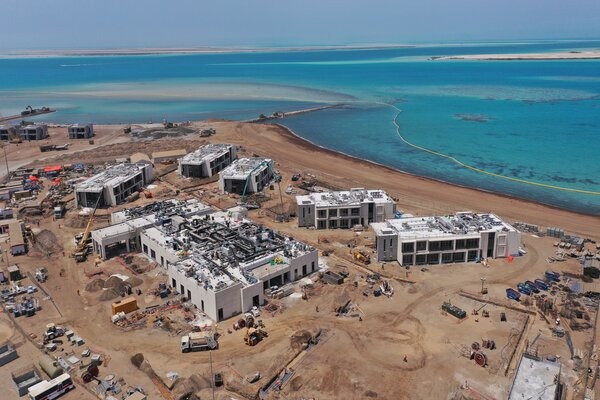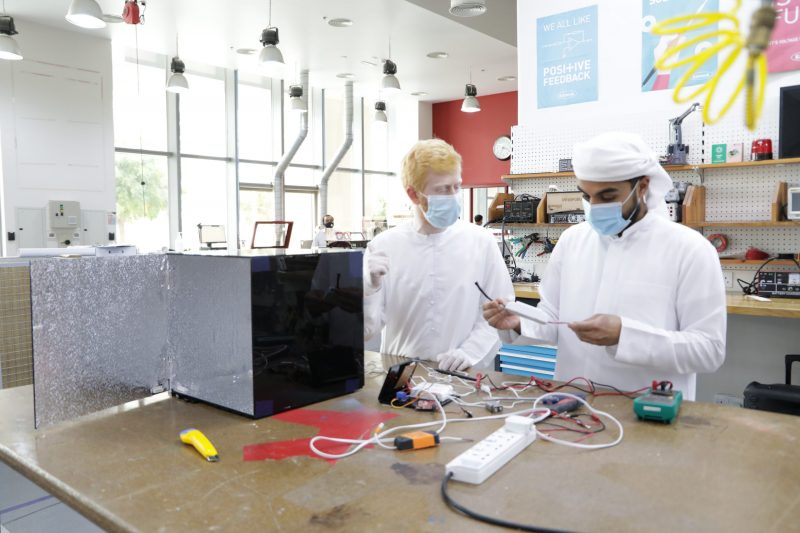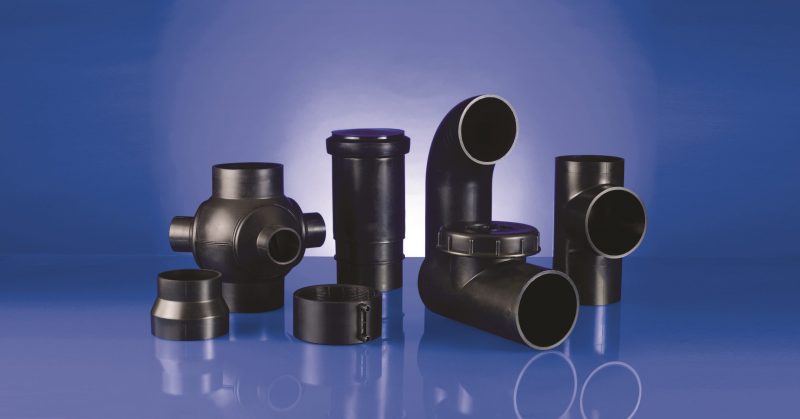Welcome To The Virtual World
Energy, Information Technology

July 1, 2018, 11:45 am
Industry 4.0 is the intelligence behind the maximum efficiency of tomorrow’s world. But how does collecting data today help businesses stay sustainable while predicting what will happen tomorrow? Intralogistics experts, Swisslog, have the answer.
The fourth industrial revolution, or Industry 4.0, is connecting companies to the virtual world – a world in which information technology is fully incorporated into business processes.
The Middle East and African markets for augmented and virtual reality are expected to grow to $6 billion by 2020, according to the International Data Corporation, and as the digital trend continues to innovate, it will transform the future of sustainable business. Industry 4.0 has revolutionised the way a modern warehouse or distribution centre operates, and it is only a matter of time before other sectors start to recognise the advantages.
Energy efficient automation solutions
While Industry 4.0 concepts and automation have offered endless sustainability benefits to operations around the globe, there are concerns regarding the increased energy demands required to run these systems. New reports show that refrigerated warehousing, while an expanding sector, is the most energy intensive. Energy is one of the largest expenses for this sector, second only to labour costs.
Goods-to-person solutions can recuperate energy from the braking and lifting of carrier vehicles and this, combined with sustainable energy sharing technologies, can see energy use reduced by almost 20 per cent.
The most efficient shuttle and robotics systems have been engineered to reduce carrier weight and optimise weight/payload ratios for lessened energy requirements. Since these systems provide dense storage capacity, they are also ideal for minimising refrigeration energy costs, when compared to manual, small quantity picking in traditional refrigerated warehouses.
Smart energy management
Another interesting system at play in automated distribution centres uses Industry 4.0 concepts in integrated energy management controls. Once power consumption values have been established for each automated system, subsystem and I/O, integrated energy management controls link the energy performance of these automated warehouse material handling systems – like Automatic Storage and Retrieval System (ASRS) cranes, conveying systems, lifts and shuttle systems – to these systems’ actual real time energy needs.
Basically, these different systems and subsystems are connected via Ethernet or the Internet of Things, and they are communicating and sharing a power budget. Their controllers are looking ahead to the next five seconds, and they can tell each other what amount of energy each system, subsystem and axis is producing or using.
The controllers can then improve sustainability by coordinating and optimising the distribution (sharing) of harvested power from one system, subsystem or axis to another. They can also coordinate the delay and start functions of associated systems to again optimise the use of harvested energy, as well as minimise peaks in power draw caused by simultaneous machine starts.
High-bay robotic pallet shuttles
When compared to energy use of ASRS cranes, factoring in energy recuperation and energy sharing, high-bay robotic pallet shuttle systems consume 70 per cent less energy, making them highly energy efficient for high-bay pallet storage and retrieval.
Energy consumption rates are a top-level consideration in high-bay warehouses. ASRS cranes have been the longstanding workhorse for high throughput automated pallet movement in these facilities, as well as the biggest users of power.
Robotic pallet shuttle systems, like the Swisslog PowerStore® system, employ sustainable, low footprint pallet lifts, instead of aisles, and enable pallet locations to store 20 pallets deep. Consequently, these systems provide the industry’s most dense automated pallet storage, which delivers improved cold retention in high-bay, cold storage facilities. These pallet shuttle systems present an alternative option for high-bay distribution that greatly reduces energy requirements.
The future of sustainable warehouse robotics
These energy efficient developments being integrated into material handling systems enable a truly optimised capability for maintaining high throughput production, coupled with smart energy management
Aside from the use of future ready technologies, there are other things that can be implemented in existing automated facilities in the Middle East to increase sustainability and energy efficiency. For instance, by reducing conveyor speeds during low throughput periods, significant energy savings can be realised.
Another factor to consider is weight reduction. Reducing the weight loads of solutions, while maintaining the systems’ structural integrity and load carrying ratings, can go a long way in contributing towards minimising energy consumption. Some manufacturers have cut their automated guided vehicle weight by 30 per cent without any reduction in load-carrying capability.
There is no question that a combination of these factors coupled with Industry 4.0 energy saving concepts will be a winner for any Middle East distribution operation aiming to reduce their energy consumption. As for other business sectors, we foresee a world of opportunities.
Photo Credit – www.swisslog.com










